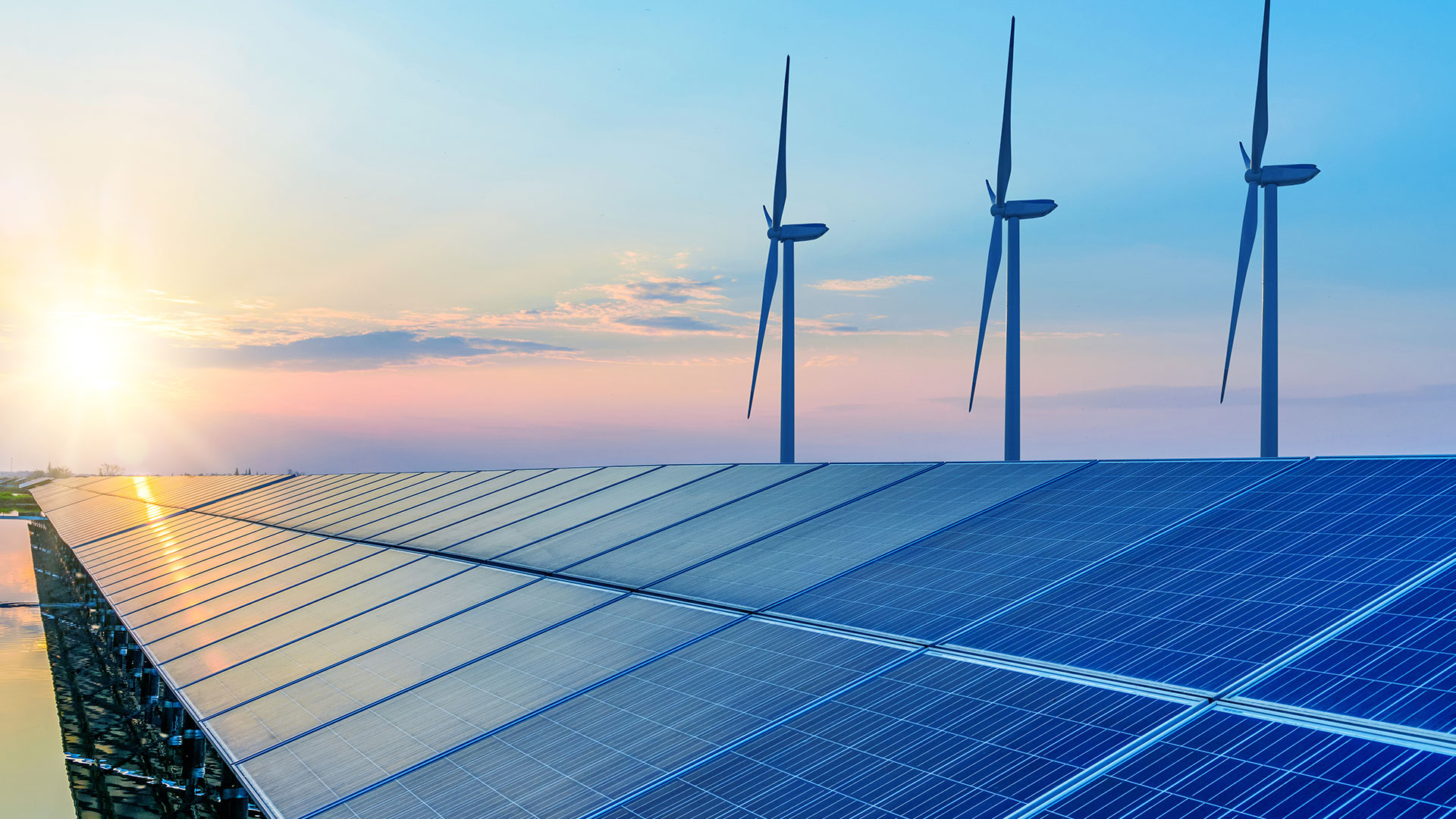Introduction
Floating solar and wind installations are gaining traction across Europe and Asia, particularly in the United Kingdom, the Netherlands, France, Singapore, China, Korea and Japan. More recently, Italy has also shown an interest in this technology.
What are floating installations?
Floating solar and wind farms are power production installations mounted on structures or platforms that float on a body of water. In practice, floating solar farms are designed to be installed inland (e.g. in drinking water reservoirs, storage tanks, quarry lakes, ponds or irrigation canals), while floating wind installations tend to be found offshore due to water depth and the scale of such projects.
Opportunities and challenges
Regulatory framework
Italy has introduced regulations to license the construction and operation of renewable energy plants, but has yet to introduce regulations specifically tailored to floating installations. Until a specific regulation is enacted, the general legal provisions for land-based plants will also apply to floating installations. However, a legal interpretation will be needed to apply land-based legal concepts to floating projects. Developers must also consider environmental laws and water regulations. In terms of water pollution, as a general principle under Legislative Decree 152/2006, installations should be constructed, operated, maintained and decommissioned to ensure that:
- No harmful water pollution occurs; and
- The quality of water is preserved.
In terms of hydrologic and geomorphic risks, developers will have to look at local plans enacted by the competent local basin authorities. In terms of town-planning compatibility and landscape restrictions, developers will have to adhere to the national provisions provided by Legislative Decree 42/2004, as well as regional, provincial and municipal plans.
Impact on landscape
Compared to traditional ground-mounted solar plants, floating solar plants may have a smaller impact on the surrounding landscape because their panels are characterised by a lower inclination with respect to the solar axis. This may be beneficial for the authorisation procedure. However, as rivers, creeks and lakes are safeguarded from a landscape perspective, the potential pool of areas where floating solar may be installed inland is limited. As a result, developers may be restricted to bodies of water within industrial sites, such as storage tanks, reservoirs and quarry lakes.
In Italy, projects for the construction of offshore wind farms have faced significant difficulties during the authorisation process, mainly due to archaeological and landscape constraints and objections based on tourism interests. Only one offshore wind farm has been approved in Italy so far (off the port of Taranto) and it is set to be the first commercial offshore wind farm in the Mediterranean Sea.
Traditional offshore wind technology was developed in Denmark, Germany and the United Kingdom and is suited to their shallower waters of approximately 20 to 50 metres deep. Excluding the northern Adriatic, with low wind speeds, Italy's seas are deep and can reach 3,000 metres. In Italy, landscape and visual impact, together with tourism concerns, make it unlikely that a project within 20 km of the coastline will receive consent.
Unlike fixed offshore wind turbines, floating wind turbines may be located on floating structures far from the coast. For this reason, floating installations are of interest to Italy, as the new National Plan for Energy and Climate (PNIEC) provides a target of 300 MW of offshore wind by 2025 and 900 MW of offshore wind by 2030.
Use of surface water but not land
The issue of land use has become an obstacle, especially when it comes to authorising large ground-mounted photovoltaic (PV) plants on agricultural lands. Floating installations on the other hand avoid the problem of land use competition with agricultural activities and eliminate the problem (and connected costs) of site preparation.
That said, to use surface water, plant developers must seek the consent of the owner of the land where the plant is to be installed. If the area is publicly owned, a concession will be required for the use of surface water. If the area is privately owned, a lease agreement will need to be negotiated with the relevant landlord. While rivers, creeks, lakes and the bodies of water defined by law as public are owned by the state, other bodies of water may be the private property of the owner of the land on which they are located. The ownership of the body of water will therefore be one of the first things to be assessed in the context of a due diligence exercise on a floating installation.
During the development phase, it will be necessary to take into account any third-party rights to use the body of water (e.g. fishing or shipping rights).
Environmental impact
Recent studies suggest that competent authorities might consider whether floating solar panels can reduce the proliferation of algae and improve the quality of irrigation water when deciding whether to authorise them. Another potential advantage is the reduced evaporation from water reservoirs, as solar panels provide shade and limit the evaporative effects of wind.
Higher costs of EPC, but potential higher productivity
In the short term, the installation costs of a floating solar plant may be higher than the costs of a ground-mounted installation (due the technical complexity of designing, building and operating on and in water, especially anchoring and mooring systems and electrical safety). However, with increased deployment, construction costs will likely decrease thanks to economies of scale.
Moreover, floating solar panels may be more productive than traditional installations because they capture both direct sunlight and reflected light at higher rates, as water has a much higher reflection capacity than the ground. Floating solar panels may also benefit from lower operation and maintenance costs due to the cleaning effects of the naturally occurring spray from water on the panels. Further, in a floating solar system, the panels may be naturally cooled by water. This would result in improved power production performance and lower stress on the system and may prolong the system's operational life.
Other advantages may be the possibility to use existing electricity transmission infrastructure at hydropower sites and the proximity to demand centres in case of water supply reservoirs.
Projects in Italy
The first floating solar plants have been installed in quarry lakes and water storage tanks in the regions of Emilia-Romagna, Lazio and Tuscany and have a capacity of between 300 kWp and 500 kWp.
Hydroelectric dam reservoirs, wastewater treatment ponds and drinking water reservoirs may also be used as potential sites. The possibility of installing floating solar in existing hydroelectric sites may be of particular interest in Italy, especially for large hydroelectric plants to manage periods of low water availability and allow floating solar installations to take advantage of the existing transmission infrastructure that exists on site.
Floating wind turbines are likely to be more appropriate for Italian seas than fixed offshore turbines and may help to boost the country's offshore energy installations.
Comment
The key drivers of the floating solar and wind industry may be the lack of available land for projects, high land costs and high population density, coupled with aggressive national and citywide renewable energy and greenhouse gas emission targets. The advantages of floating technology are expected to become evident with the growth of such installations globally.
In a country such as Italy, where the targets to produce electricity from green sources are ambitious and must coexist with the need to safeguard agriculture and the landscape, floating solar and wind installations present a new but challenging opportunity.
This article was originally edited by, and first published on, www.internationallawoffice.com




